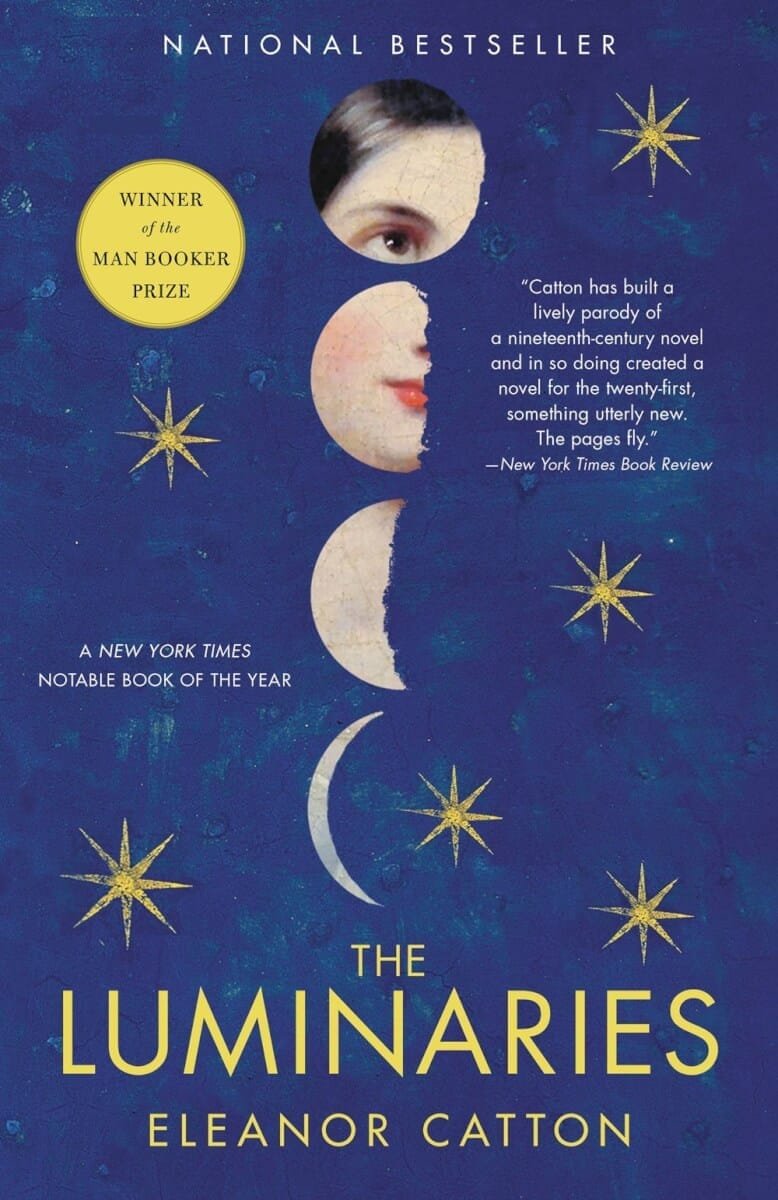Introduction to ‘The Luminaries’
Eleanor Catton’s ‘The Luminaries,’ set in 1866 New Zealand, immerses readers in an intricate world driven by the gold rush. The novel follows Walter Moody, a newcomer who unwittingly finds himself wrapped in mysterious dealings during a fateful nighttime gathering of twelve men. This atmospheric narrative artfully combines elements of coincidence and fate, making it a compelling choice for literary exploration.

Astrological Significance in the Narrative
One of the most unique aspects of ‘The Luminaries’ is Catton’s ingenious use of astrology as a narrative framework. Each character is intimately connected to signs of the zodiac, with the unfolding plot interwoven with astrological charts at the start of each chapter. This structure provides an additional layer of depth, enhancing the characters’ motivations and interactions, while inviting readers to consider the influence of celestial bodies on their lives.
Themes of Fate and Female Agency
Moreover, the novel delves into profound themes such as fate, gender identity, and female agency. Catton depicts the challenges faced by women during this tumultuous time, particularly through the character of a drug-addicted prostitute, and highlights the power dynamics at play. These intricate themes make ‘The Luminaries’ not just a gripping tale, but also a thoughtful commentary on society, lending itself well to discussion in book clubs. Through deep character connections and engaging storytelling, Catton’s work offers a rewarding reading experience that resonates with various audiences.


